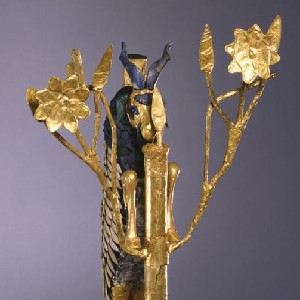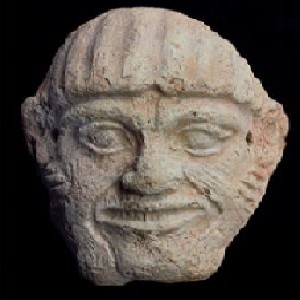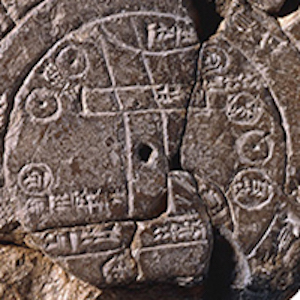Browse
Archaeology

Review
BBC Ancient Greece
Overall, the site functions well as a cursory introduction to Ancient Greece and will be of most use to casual visitors, or school-level educators seeking to provide students with additional information.
Review
BBC Ancient Egypt
Created with the help of academics, writers, and broadcasters, the BBC’s Egyptians webpage provides an excellent, easily digestible overview of Ancient Egypt through a series of essays and photo galleries.
Review
Digital Collections - Penn Museum
The digital collections of the Penn Museum are extensive and easily accessible through their online portal. Its written, visual, and audio sources invite many groups to explore world history by browsing its pieces.
Review
Babylonia Collection Yale
The versatility of the collection makes it useful for any discipline that approaches the material to have a chance of finding artifacts or useful resources either for research or educational purposes.
Review
National Museum of China
In summation, the NMC site has a number of areas that will prove interesting to educators and most casual visitors, but overall, its main function is to provide information about the museum itself.
Review
A History of the World in 100 Objects
Overall A History of the World in 100 Objects is a great resource to teach world history through visual culture in an accessible and succinct format for both school and college-level classes.
Review
Mediateca INAH
Mediateca INAH facilitates virtual engagements with over half a million interrelated digital reproductions of maps, paintings, sculptures, photographs, audio recordings, documentaries, books, as well as other textual primary sources.
Source
Babylonian Map Tablet
This ancient map depicts the known world as imagined by the Babylonians of the 6th century BCE. Like many ancient maps, this cuneiform tablet is concerned less with mathematically plotting space and direction than with simply capturing the various places and peoples in the world around Babylon.

Source
Marshall Islands Stick Charts
The Marshall Island stick charts represent a unique and non-Western tradition of mapmaking.

Review